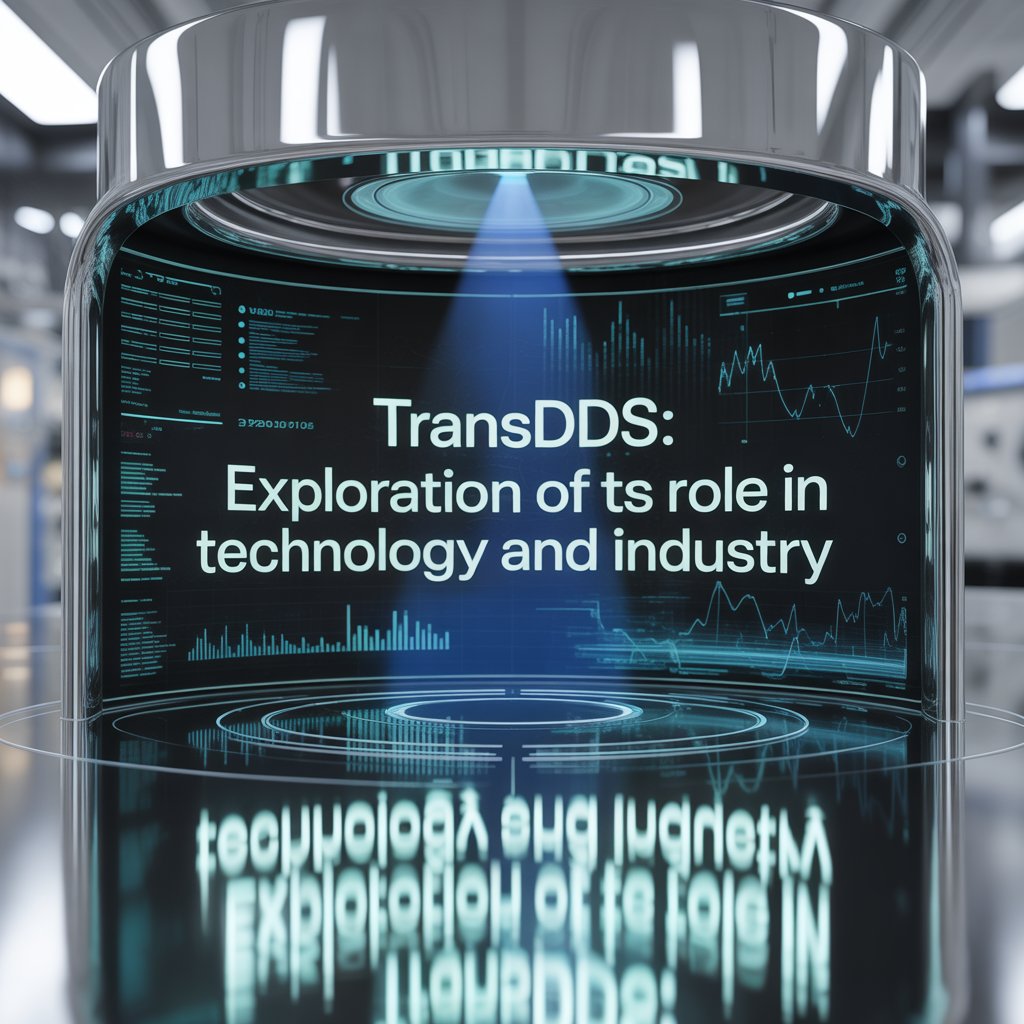In today’s rapidly evolving world, the term tran-sds has gained attention across various fields, from technology to business innovation. Though not always familiar to the general public, tran-sds is shaping conversations about transformation, data exchange, and sustainable growth. This article explores the concept of transds, its applications, significance, and how it influences different sectors.
What is Transds?
The term tran-sds can be understood as a multidimensional concept that revolves around transformation, data systems, and dynamic structures. It combines elements of transition, distributed systems, and digital sustainability. In simpler words, tran-sds represents the bridge between complex systems and efficient digital processes.
Historical Development
Early Beginnings
The roots of tran-sds can be traced back to early digital transformation movements. Businesses and researchers began to identify the need for systems that could handle complexity while remaining flexible.
Evolution of Transds Over Time
As industries embraced automation, tran-sds evolved to focus on integration, interoperability, and scalability. Today, it acts as a framework that connects traditional operations with cutting-edge digital ecosystems.
Core Principles of Transds
In Transds
One of the primary principles of tran-sds is seamless data integration. It ensures that information flows efficiently across networks without duplication or disruption.
In Transds Systems
Tran-sds emphasizes adaptability. It allows organizations to remain resilient in uncertain environments by reconfiguring systems as demands change.
Efficiency and Sustainability in Transds
The focus of tran-sds also includes sustainable resource use. By optimizing processes, tran-sds reduces unnecessary energy consumption and supports eco-friendly initiatives.
Applications of Transds in Modern Industries
In Information Technology
In IT, tran-sds plays a crucial role in enhancing cloud computing, networking, and distributed databases. It ensures that data systems remain scalable and secure.
In Business Operations
Organizations use tran-sds to streamline workflows, manage digital assets, and improve productivity. It helps in reducing operational bottlenecks.
In Healthcare Systems
Healthcare benefits greatly from tran-sds by enabling electronic health records, telemedicine platforms, and secure patient data management.
In Education
The education sector uses tran-sds to design smart classrooms, e-learning platforms, and digital student tracking systems that personalize learning experiences.
In Environmental Sustainability
Tran-sds assists in monitoring natural resources, optimizing energy grids, and reducing carbon footprints, aligning industries with green initiatives.
Benefits
Improved Efficiency
Tran-sds eliminates redundancy, helping businesses achieve cost savings and faster performance.
Enhanced Security Through Transds
With integrated monitoring, tran-sds strengthens cybersecurity frameworks and protects against digital threats.
In Transds Systems
Tran-sds is designed to grow with organizational needs, offering long-term adaptability.
Data Transparency with Tran-sds
It improves data visibility and accountability, allowing decision-makers to act on real-time insights.
Challenges of Implementing Transds
Complexity of Transds Frameworks
The integration of tran-sds can be technically complex, requiring skilled professionals for deployment.
Cost of Transds Adoption
Initial investment in tran-sds systems can be high, especially for small and medium enterprises.
Resistance to Change
Employees and organizations often resist adopting new technologies, slowing down the transition to tran-sds.
Data Privacy Concerns in Transds
Since tran-sds deals with large-scale data handling, privacy and compliance remain critical challenges.
Digital Transformation
Role of Tran-sds in Smart Cities
Smart city projects rely on tran-sds to manage transportation, energy distribution, and public safety systems efficiently.
Transds in Industry 4.0
As industries move toward automation and robotics, tran-sds forms the backbone of IoT devices, machine learning models, and predictive analytics.
Artificial Intelligence
AI systems require reliable frameworks for data exchange, and tran-sds offers the scalability to support advanced algorithms.
Future
Innovations in Transds Technology
Emerging technologies such as quantum computing, blockchain, and edge computing will reshape how tran-sds functions.
Global Adoption
Governments and enterprises worldwide are expected to adopt tran-sds to achieve sustainable growth and digital competitiveness.
Transds and Sustainable Development
By aligning with environmental goals, transds will contribute to sustainable practices, green energy, and eco-friendly operations.
Case Studies
In Healthcare Systems
Hospitals that implemented tran-sds achieved better patient outcomes through efficient data exchange and secure information storage.
In Smart Manufacturing
Manufacturers using tran-sds improved production lines by integrating IoT devices and real-time analytics.
In Financial Services
Banks adopted tran-sds to strengthen digital transactions, prevent fraud, and enhance customer trust.
Best Practices for Transds Implementation
Clear Roadmap for Transds Adoption
Organizations should plan carefully by defining goals, timelines, and strategies for adopting tran-sds.
Training
Employee training is essential to ensure smooth transitions and maximize the benefits of tran-sds.
Cybersecurity in Transds Frameworks
Investing in strong cybersecurity ensures that tran-sds frameworks remain secure and compliant.
Conclusion
The concept of tran-sds is more than just a technical framework—it is a strategic enabler of growth, efficiency, and sustainability. From healthcare to finance, education to manufacturing, tran-sds is paving the way for industries to remain innovative and competitive in a fast-changing digital era. By understanding its principles, applications, benefits, and challenges, organizations can unlock the true potential of tran-sds and ensure a future-ready ecosystem.

